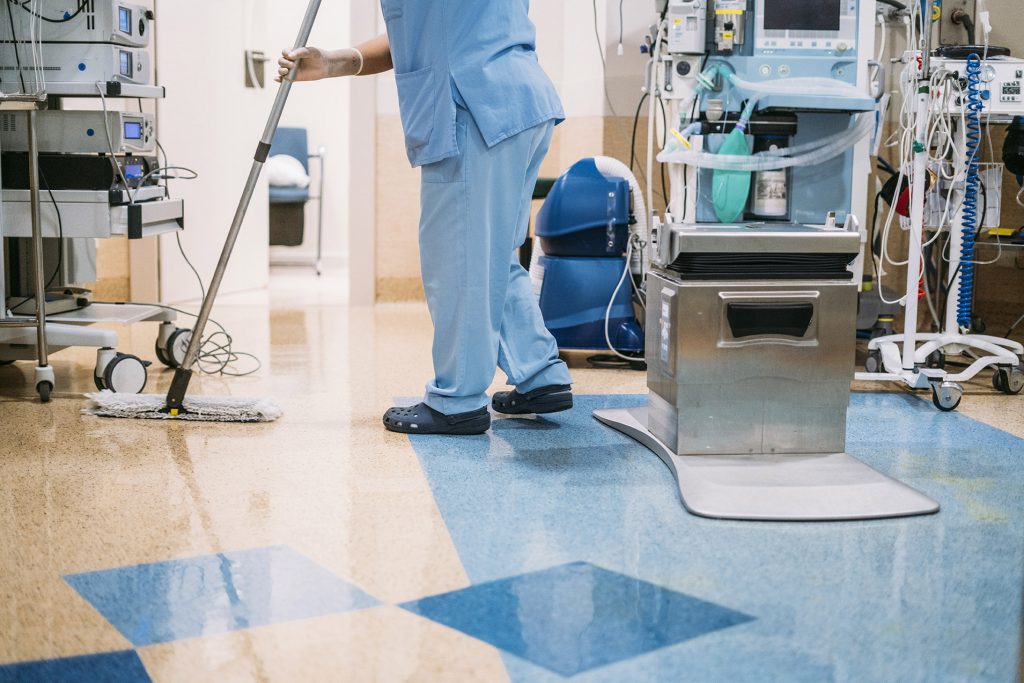
It’s not terribly surprising that understaffed hospitals have been linked to infections more often than adequately staffed hospitals. Understaffed hospitals are a real problem because not only are these facilities less likely to provide adequate care to their patients or to keep the facilities clean and sanitized which means they are more likely to be an appealing environment for bacteria and viruses. Both these things may lead to serious health concerns for patients already vulnerable due to health problems.
Study of Understaffing and Infection
A recent study published in the Journal of Nursing Administration showed that researchers at the Columbia University School of Nursing in New York found a link between inadequate nurse staffing and an increase in healthcare–associated infection. The research examined nursing data from a five-year period in which 100,000 patients at a large urban hospital system were studied. Evidence showed that the risk of infection was 15% higher for patients who were treated understaffed floors for both the day and night shift (for the purpose of this study, “infection” refers to urinary tract infections (UTIs), infections of the bloodstream, and pneumonia).
Interesting to note was that when units were understaffed for only one shift, there was not a significantly higher risk of infection. For the purpose of this study, “understaffing” is defined as registered-nurse staffing levels that were less than 80% of the median level. The study showed that when both day and night shifts were understaffed, the risk of infection was significantly higher but that being understaffed during only one shift did not lead to a higher risk of infection.
Understaffing Causes Burnout in Existing Staff
What’s also interesting to note is that in 2012, an article on the website amnhealthcare.com indicated that lower levels of nurse staffing and higher nurse burnout rates contribute to higher rates of hospital-associated infections. This was found to be true in a study done at the Center for Health Outcomes and Policy Research at the University of Pennsylvania School of Nursing in Philadelphia, which was published on National Center for Biotechnology Information (NCBI) website.
Co-author of the study, Linda H Aiken, PhD, FAAN, FRCN, RN, and Director of the Center for Health Outcomes and Policy Research at the University of Pennsylvania said, “Our findings suggest that inadequate hospital nurse staffing and associated high levels of nurse burnout, that commonly affect 30 percent of hospital bedside care nurses, erode nurses’ vigilance and strict adherence to infection control practices. We find that nurse burnout is a significant factor associated with higher infection rates, not just because burned out nurses may inadvertently experience a lapse in hand hygiene, but because nurses–if they have the time and authority–also ensure adherence to infection control practices among others on the interdisciplinary care team.”
Aiken explains the link between inadequate staff and higher patient infections with the following: “Job-related burnout, associated with chaotic, inefficient nurse work environments where nurses have too many patients each to maintain a high level of vigilance in hand hygiene and adherence to sterile technique in their own practices and those of others providing care on their units, is the reason why there is a link between poor staffing and higher patient infections.”
Aiken continued by stating that the findings suggest that if hospital management would work to improve their staffing problems, burnout would decrease as would the number of hospital-acquired infections.
Talk to a medical malpractice lawyer if you or someone you love became more ill while seeking treatment in a hospital.